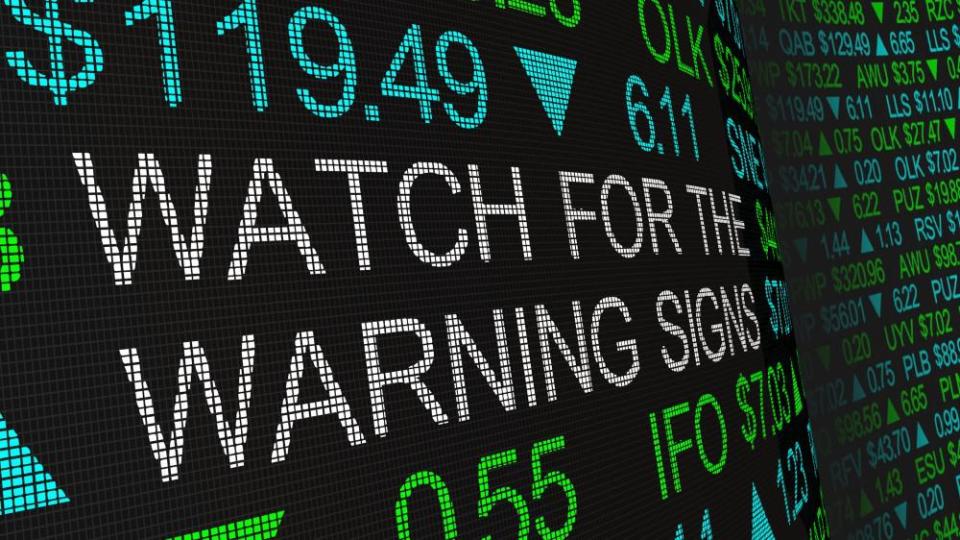3 Startling Stats That Show the Market Crash Won’t End Soon

The rebound of the Toronto Stock Exchange (TSX) in 2019 was supposed to be the prelude to a banner year. Market observers were predicting the index would draw more attention in 2020. Momentum was starting to build until it was halted on February 26, 2020, when the TSX fell below 17,000.
Two days before the official declaration by the World Health Organization (WHO) of a pandemic, Canada’s main stock market index had already fallen 10.3% on March 9, 2020. The market has been retreating ever since. But with startling statistics coming out, the crash isn’t likely to end soon.
Record GDP contraction
The Bank of Canada reported on April 15, 2020, that the COVID-19 outbreak would trigger the biggest near-term economic downturn. The record 9% shrinking of the domestic economy in March versus February is a tell-tale sign.
Data from Statistics Canada reveals that the monthly decline in the gross domestic product (GDP) last month would be the largest contraction since 1961. Because of the pandemic, economic activities are virtually on hold.
The end of the oil price war won’t stop the bleeding
The oil price war between Saudi Arabia and Russia that sparked on March 8, 2020, doubled the market pressure. What ensued was a massacre of energy stocks, including Cenovus Energy (TSX:CVE)(NYSE:CVE). As of this writing, the $4.37 billion integrated energy company from Calgary is down 72.6% year to date.
The energy sector is the hardest hit by the twin shocks. Cenovus is just one of many companies that is a victim of a weak pricing environment, reduced capital spending, adjusted full-year guidance, and slashed or suspended dividend payments.
Cenovus is curbing capital spending in 2020. Management recently announced a $600 million reduction from its original guidance of $1.3-$1.5 billion last December 2019. It will reduce operating costs as well as general and administrative costs by $100 million and $50 million, respectively.
There will be a 6% reduction in oil sands operation, which will impact total production by 5%. The production range is now between 350 and 400 thousand barrels daily. The most hurtful move, especially to shareholders, is the temporary suspension of quarterly dividend payments to release pressure from the balance sheet.
Cenovus was expecting the Christina Lake and Foster Creek projects to reach sanction-ready status in 2020, but both are now on hold. While the oil price war has ended with OPEC+, and Russia agreeing to cut petroleum production by 10%, it might not be enough to offset the impact of the COVID-19 pandemic.
This is only the first wave of COVID-19
The latest count of confirmed coronavirus cases in Canada is 28,379, with the death toll at 1,010. Prime Minister Justin Trudeau warned that the economic shutdown will drag on for weeks. The country is still on the first wave of the pandemic.
Several emergency measures and financial support packages have been rolled out for families and businesses. But until a vaccine is developed, the economy is hard-pressed to make a rebound.
Market instability
The TSX is rolling with the punches, as seen from the temporary spikes and dips. A rally will take place only to dissipate in a flash. With fears of the biggest economic slump plus a dismal earnings season ahead, the heightened market volatility will persist.
The post 3 Startling Stats That Show the Market Crash Won’t End Soon appeared first on The Motley Fool Canada.
More reading
Fool contributor Christopher Liew has no position in any of the stocks mentioned.
The Motley Fool’s purpose is to help the world invest, better. Click here now for your free subscription to Take Stock, The Motley Fool Canada’s free investing newsletter. Packed with stock ideas and investing advice, it is essential reading for anyone looking to build and grow their wealth in the years ahead. Motley Fool Canada 2020

 Yahoo Finance
Yahoo Finance 